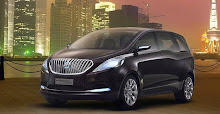
To achieve that, the car uses a 1.6-litre TDI common rail turbo diesel motor combined with a slate of fuel-saving technologies like automatic start-stop system, longer gear ratios, brake energy regeneration, hill hold assist and low rolling resistance tyres.
Of course, it won’t be a powerful vehicle. The engine produces 77kW (105 PS) of power and maximum torque of 250Nm (184 lbs ft) made at 1,500 rpm. Its 0-60mph time is 11.3 seconds and a top speed of 118 mph. It’s not going to set your hair on fire, but it’s adequate.
Standard specification is based on that of the standard Golf S model. However, to make the new BlueMotion stand out from the rest of the range, VW is fitting a sports styling kit with a deeper front fascia, a bigger rear spoiler, side skirts and sports bumpers. You also get a set of 15″ ”Wellington’ alloys, chrome grill louvres and the requisite BlueMotion badging.
Inside, there are ABS with ESP, Climatic semi-automatic climate control, a radio/ CD/ MP3 sound system and seven airbags.
Prices start at £17,325 for the 3 door BlueMotion Golf, that is £785 more than the standard S 1.6-litre TDI. The 5 door BlueMotion Golf rises to £17,910.










